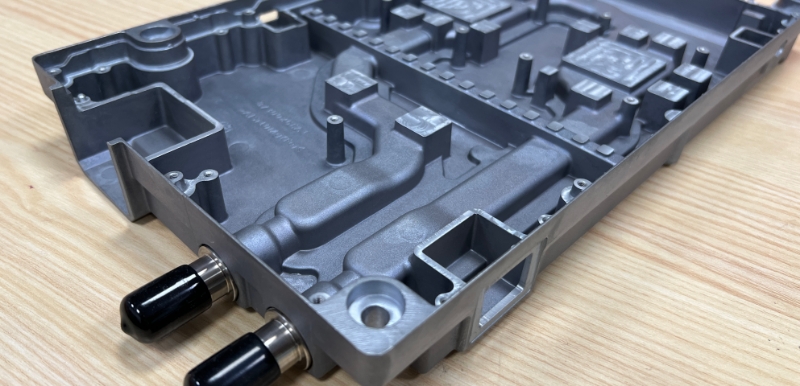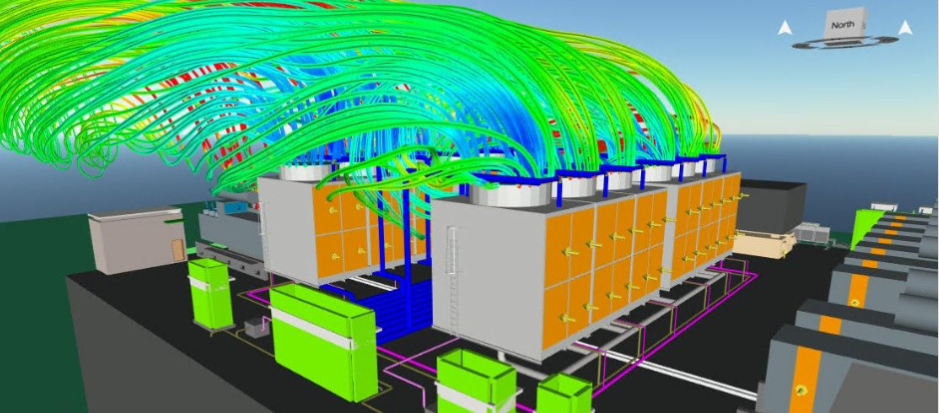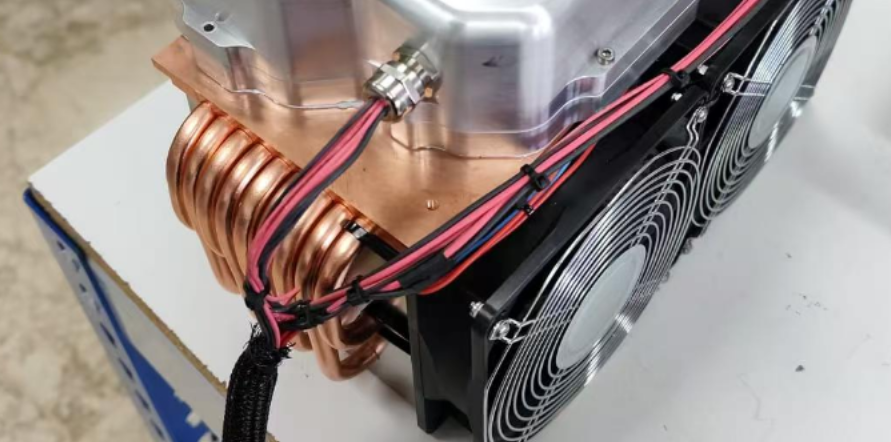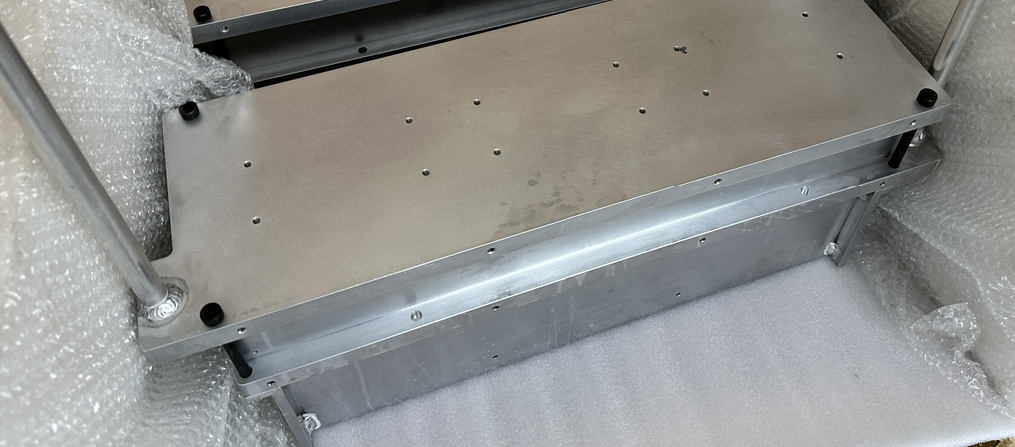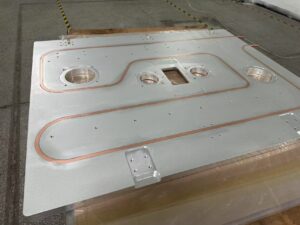
What is a liquid cooling plate ?
Liquid Cold Plate is a critical component in liquid cooling systems. It guides the low-temperature fluid pumped in to the heat source, performs heat exchange in its internal flow channel, absorbs the heat from the heat source into the cooling medium, and then enters the cooling system for subsequent cooling. The cold plate has a heat source installation surface (tightly attached to the chip surface during installation), internal channels for liquid to pass through and exchange heat, as well as an inlet and outlet. Thermal design engineers continuously optimize the design and construction of the cold plate liquid flow path to maximize heat transfer efficiency within the limitations of the liquid cooling system, such as size, pressure drop, and given flow rate.
Circular buried tube cooling plate is an economical and efficient component cooling method suitable for medium to low heat loads. The production process is simple. First, CNC machining (or profiles can be used) is used to create a groove, and then the copper tube is bent according to its shape. Then, the finished pipeline is pressed into the groove aluminum plate, flattened, and welded, bonded, or tightly fitted to ensure sufficient and tight contact between the copper tube and the aluminum plate. Circular buried liquid cooling plates can be divided into structural types such as shallow buried pipes and deep buried pipes according to the method and depth of burial.
Usually, circular pipes are made of stainless steel, copper pipes, and aluminum pipes. When encountering highly corrosive liquids as cooling fluids, stainless steel can be chosen. For example, when large equipment operates in seawater and requires seawater as the cooling fluid, stainless steel’s excellent corrosion resistance is perfectly reflected. When the cooling fluid is deionized, there are no oxides inside. At this time, copper or aluminum pipes can be chosen as flow channels to conduct heat.


